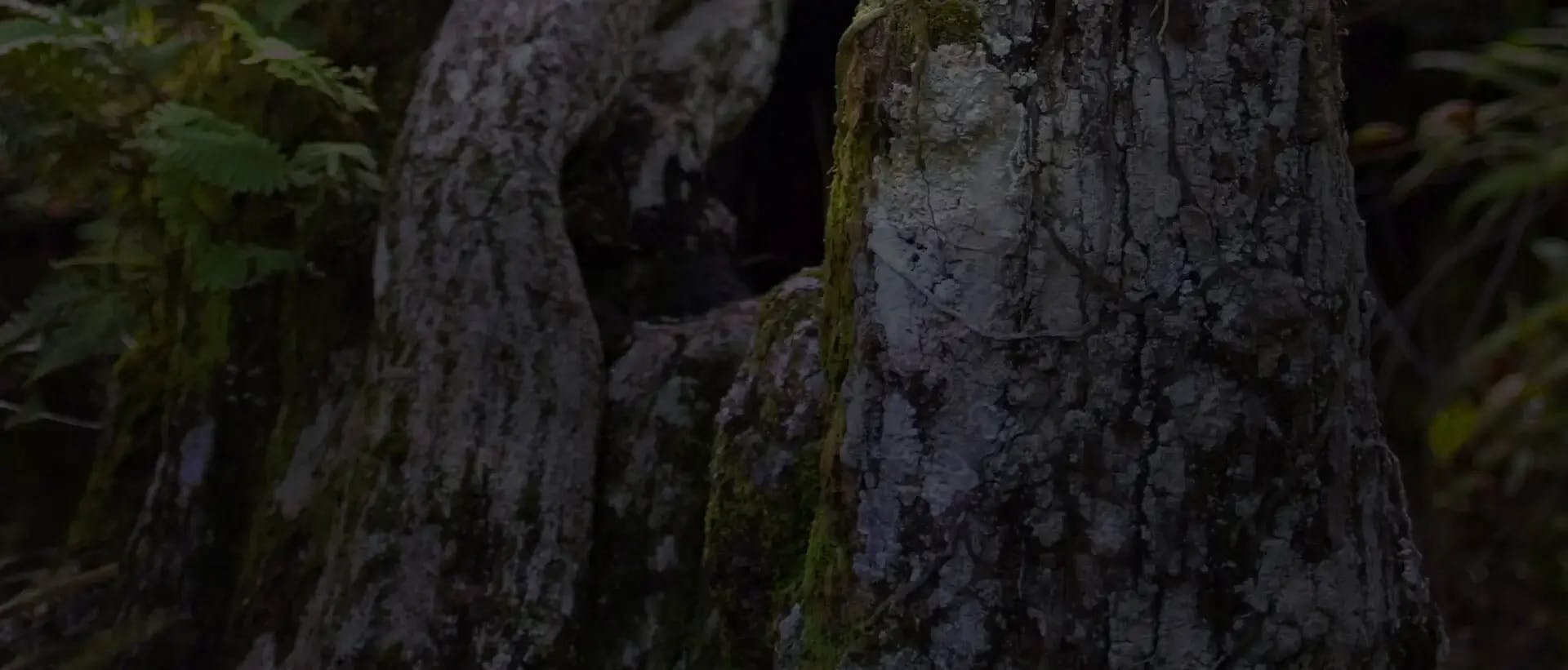
Acianthera calopedilon
Posted on November 23, 2015
Finding
Award 20155041, has been confirmed to be Acianthera calopedilon by SITF (Feb 2016).
Judging Center: Great Plains Center
Award Number: 20155041
Award Date: November 21, 2015
Awarded As: CBR
award #20155041Link to the publication:https://www.google.ca/url?sa=i&rct;=j&q;=&esrc;=s&source;=images&cd;=&cad;=rja&uact;=8&ved;=0ahUKEwityvGt6aXJAhUQRYgKHSejCQoQjhwIAw&url;=http%3A%2F%2Frevistas.ucr.ac.cr%2Findex.php%2Flankesteriana%2Farticle%2Fdownload%2F18526%2F18672&psig;=AFQjCNFIO2TKbeUiN4Zg7-93gdvq9SeaVQ&ust;=1448343284630499Lankesteriana vol.15 n.1 Cartago Jan./Apr. 2015 New species and nomenclatural notes in acianthera from Brazil A. L. V. Toscano De Brito1* & Carlyle A. Luer2* Acianthera calopedilon Toscano & Luer, sp.nov. TYPE: Brazil. Parana: road Alexandra to Matinhos, collected and cultivated by M. Klingelfus s.n., flowered in cultivation, 7 Oct. 2011, A. Toscano de Brito 2911 (Holotype: UPCB). Fig. 1-2. Plant medium in size, epiphytic, long-repent, the rhizome 0.5-2.5 cm long between ramicauls; roots slender.Ramicauls ascending, suberect, 2-5 cm long, enclosed by 2 loose, tubular sheaths toward the base. Leafsuberect, coriaceous, elliptical, acute, 4.5-7.5 cm long, 2.3-3.0 cm wide, the base shortly cuneate, sessile.Inflorescence a single flower or a fascile of 2 successively flowers, from the apex of the ramicaul at the base of the leaf, with a spathe 3 mm long; peduncles 6.0-8.5 mm long; floral bract tubular, 2.2-3.0 mm long; pedicels 2.0¬2.5 mm long; ovary 2-- 3 mm long; sepals ivory to slightly greenish, densely striped with deep purple, the apical portion and the margins purple, the dorsal sepal oblong-obovate or oblong-lanceolate, acute, 13.5-17.0 mm long, 4.5-5.0 mm wide, 3-veined, free from the lateral sepals, the lateral sepals connate (easily separating) into an elliptical, concave, usually incurved, acute, shortly bifid lamina, 13-15 mm long, 4.5-7.0 mm wide unexpanded, 6-veined; petals translucent-ivory, with three purple veins, occasionally with two outer, obscurely verrucose purple stripes, spathulate, unguiculate, serrate-fimbriate above the lower third, acute or subacute, 4.5-5.5 mm long, 2.0-2.5 mm wide; lip deep purple, thick, rigid, fleshy, verrucose, trilobed, convex toward the apex, 6.0-6.5 mm long, 3.5-4.0 mm wide, with the margins deflexed and minutely denticulate, the apex broadly rounded, the marginal lobes, on the lower quarter, small, erect, subobovate-auriculate, the disc shallowly sulcate between a low pair of verrucose calli on the middle third, anterior to the marginal lobes, the base truncate, minutely lobed at the angles, hinged to the column-foot; column greenish-white, semiterete, slightly winged above the middle, minutely denticulate at the apex, 4-5 mm long, the foot thick, 3 mm long, the anther, rostellum and stigma ventral. DISTRIBUTION: This species occurs from Esplrito Santo (L.F. Varella, pers. com. 2014), in southeast Brazil, to Parana and Rio Grande do Sul, in the south. It reaches Argentina in its southernmost distribution. ETYMOLOGY: The specific epithet derives from the Greek kalopedilon, "a wooden shoe," and refers to the shape of the synsepal, which resembles the Dutch all-wooden shoes or clogs. Acianthera calopedilon is common in private collections and usually confused with A. saundersiana, from which it is distinguished by the distinct convex, broadly obtuse lip. It is similar to A. cephalopodiglossa, also described herein, with which it has been also confused, but differs mainly in the shape of lateral sepals and lip (see discussion under A. cephalopodiglossa). Photographs of specimens of A. calopedilon have been labelled "Acianthera andreana" in a few websites (e.g. http://www.aorquidea.com.br/forum/viewtopic.php?t=22299&sid;=3f84b872ebc1fd 5ea4c215db21ac51e7) but this name has never been validly and effectively published. ......In habit and size of flowers, Acianthera cephalopodiglossa is similar to large forms in the A. saundersiana complex and to A. calopedilon. It is readily distinguished from these and all other Acianthera species by the peculiar shape of its verrucose, rigid lip: the apical half is convex and folded on the lateral margins, each fold forming two auricles, the whole lip resembling the head and mantle of an octopus. http://www.scielo.sa.cr/scielo.php?pid=S1409-38712015000100005&script;=sci_arttextPlant came from Argentina.Acianthera calopedilon, award 20155041, hasbeen confirmed to be Acianthera calopedilon by SITF (Feb 2016).
See more Acianthera SITF listings
Learn more about the Acianthera genus

Discover the top vendors in the orchid community and their special offers on all things orchid.
If you are an AOS member, you also save 5% from every vendor.
Two-Year AOS members also receive over $600 worth of coupons from the ELITE Marketplace Partners.

FREE ACCESS: Orchid DealWire
Get notified when orchid vendors have special promotions and exclusive savings.






